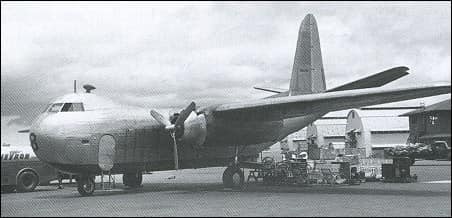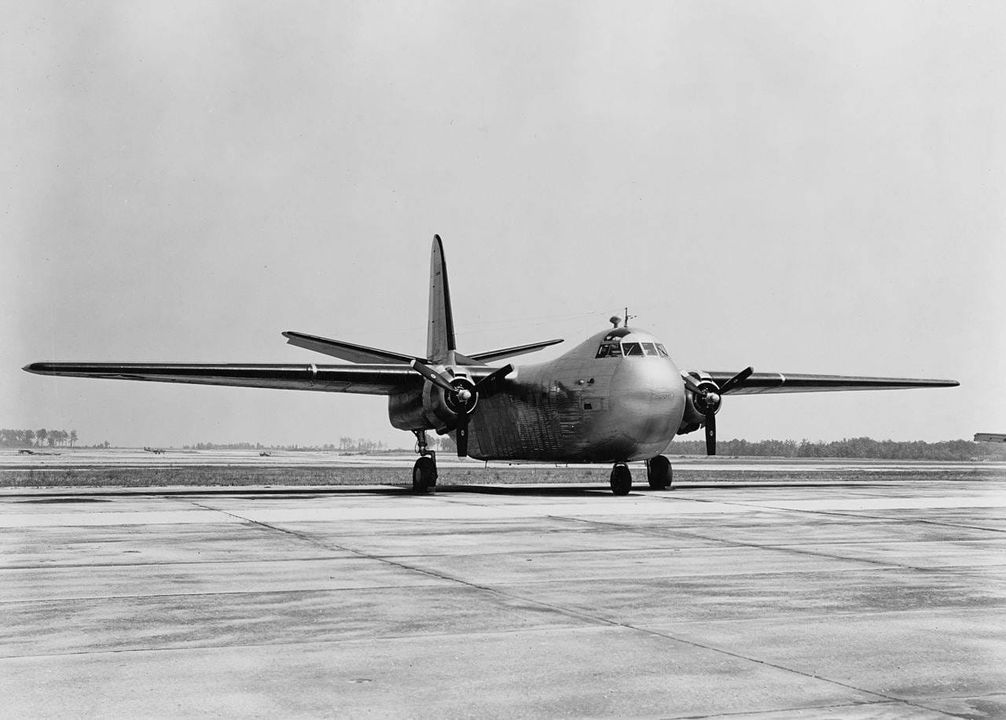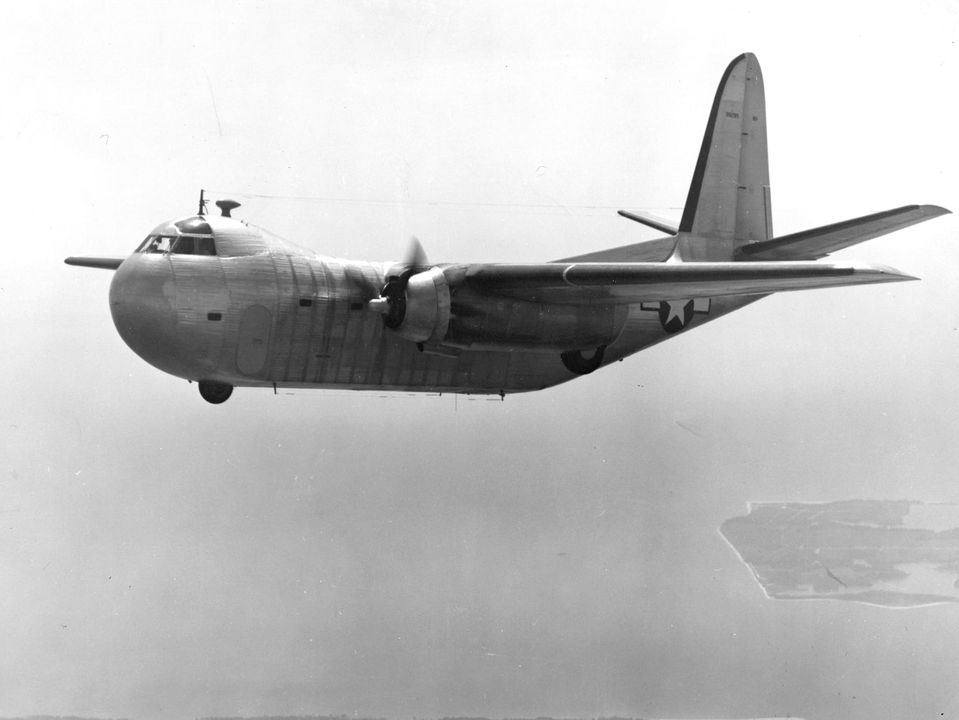The Budd RB-1 Conestoga: Potential that Failed

Now chances are you never heard of the RB-1 or the Budd Company and there is a very good reason for that. For one thing, The Budd Company was actually a metal fabricator that supplied bodies for rail cars and automobiles, not aircraft.
But when the U.S. entered the war, there was a fear that there would be a shortage of aluminum for the construction of Transport/Cargo Aircraft. As priority was placed on combat aircraft and Transports (at this point in the war) were not seen as a priority.
Innovative Concept and Design
But in comes the Budd Company, who came up with the idea of using stainless steel in aircraft production. Now the Budd Company were experienced when it came to working with stainless steel and even developed shock welding manufacturing in 1932. Needless to say, the U.S. Military was quite interested in their idea for a stainless steel transport aircraft and thus the RB-1 Conestoga was created.

Now on the surface, the Conestoga was a radical design and was quite innovative for its time. For one thing, unlike the Douglas DC-3/C-47, the Conestoga was designed from the ground up as a cargo aircraft and had a lot of features which are standard on most aircraft of the type today. It had a high wing and tricycle undercarriage layout, while the cargo hold was designed with the full intent of fitting a 1 1/2 ton truck within it. While the cockpit was placed high on the aircraft to maximize cargo capacity. It had a raised tail and even had an electrically powered ramp which allowed for easy loading/off-loading and yes, the 1 1/2 ton truck could easily drive inside it. In short… The Conestoga had serious potential, but it had a flaw.
Operational Issues and Decline
For one thing, the aircraft was rather underpowered. The twin Pratt & Whitney R-1830-92 Twin Wasp engines struggled due to the weight of the aircraft. There is also the fact that the first prototype did not take flight until 1943, where at this point, aluminum was more than available for transport aircraft construction. The Conestoga was also a very thirsty aircraft when compared to the C-47 and test flights showed that it had some questionable handling issues.
In the end, only 20 aircraft were ordered by the U.S. Navy, but none were transferred to operational squadrons. As the questionable handling issues came back to haunt the Conestoga and after a few accidents, the Navy quickly sold them off to private owners after the war. Interestingly, most of the surviving planes were bought by National Skyway Freight after the war. But they too were less than happy with the planes due to their issues and got rid of them as well.

Legacy and Remaining Artifacts
Today, only one unrestored Conestoga airframe survives at the Pima Air and Space Museum in Arizona.
~NC









